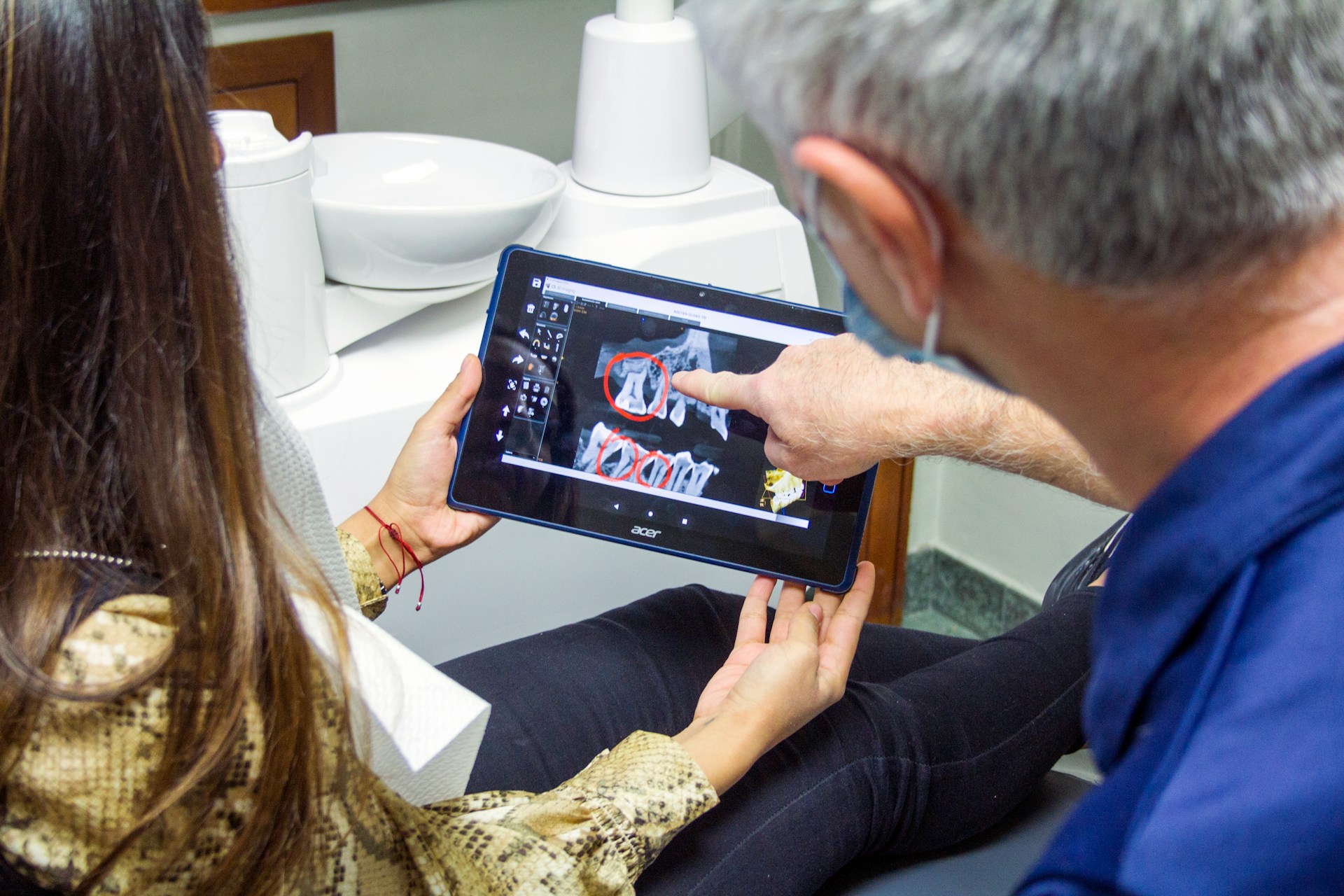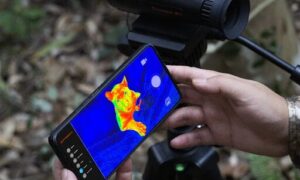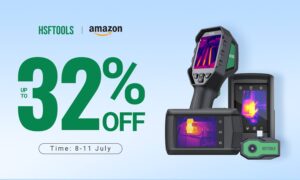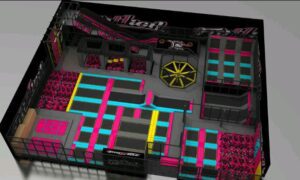Infrared technology has revolutionized how we perceive and interact with our environment, offering unparalleled insights across various industries. At the core of many infrared imaging devices are infrared camera cards—critical hardware components responsible for capturing and processing thermal data. These cards have significantly advanced fields such as industrial maintenance, healthcare, security, and environmental monitoring, demonstrating the vast potential of infrared technology.
What are Infrared Camera Cards?
Infrared camera cards are specialized hardware modules integrated into infrared cameras to manage the detection, capture, and processing of thermal images. These components enable the camera to translate infrared radiation—essentially heat—into visible images that can be analyzed and interpreted. By efficiently handling thermal data, these cards allow users to identify heat signatures and invisible temperature variations to the naked eye.
The cards function by interfacing with infrared sensors to collect raw thermal data. They then process this data using built-in algorithms to produce detailed images highlighting temperature differences, which can be critical for various analyses and decision-making processes.
Technology Behind Infrared Cameras
Infrared imaging technology relies on sophisticated components and processes, including:
- Sensor Types:
- Uncooled Sensors: These are more affordable and commonly used for commercial and industrial applications. They operate at ambient temperatures and offer reliable performance for general thermal imaging needs.
- Cooled Sensors: These are more sensitive and provide higher-resolution images. They are used in scientific research, aerospace, and defense due to their ability to detect minute temperature differences.
- Image Processing Algorithms:
- Advanced algorithms convert raw thermal data into clear, high-contrast images. Techniques such as edge detection, contrast enhancement, and false-color mapping improve image readability and accuracy.
- Resolution and Sensitivity:
- High-resolution sensors and improved thermal sensitivity allow for more detailed imaging, which is critical for applications requiring precise temperature measurements and detailed visualization.
Applications of Infrared Camera Cards
Industrial Applications:
- Monitoring Equipment for Heat Loss: Infrared camera cards help identify energy inefficiencies in machinery and infrastructure, enabling timely maintenance and repairs.
- Predictive Maintenance: By detecting overheating components before failure, infrared imaging reduces downtime and maintenance costs.
Medical Applications:
- Medical Diagnoses: Infrared imaging assists in detecting fevers and inflammation, providing non-invasive diagnostic support.
- Veterinary Uses: Vets utilize thermal imaging to assess injuries and health conditions in animals, offering a stress-free diagnostic tool.
Security and Surveillance:
- Night Vision Capabilities: Infrared technology enhances visibility in low-light and complete darkness, making it ideal for surveillance.
- Perimeter Security: Thermal cameras equipped with infrared camera cards can detect intruders and unauthorized movements, boosting security measures.
Environmental Monitoring:
- Wildlife Observation: Researchers use infrared imaging to monitor nocturnal animals and study their behavior without disturbing them.
- Climate Research: Thermal imaging aids in tracking environmental changes, such as glacial melting and forest health.
Benefits of Using Infrared Camera Cards
- Enhanced Visibility in Low-Light Conditions: Thermal imaging enables clear visibility in darkness, fog, and smoke.
- Detection of Temperature Variations: Quickly identifies heat anomalies that could signal problems or inefficiencies.
- Improved Safety and Preventive Measures: Infrared camera cards contribute to proactive maintenance and early fault detection, enhancing safety across industries.
Choosing the Right Infrared Camera Card
When selecting an infrared camera card, consider the following factors:
- Compatibility: Ensure the card is compatible with existing infrared camera systems.
- Resolution and Frame Rates: Higher resolution and frame rates are essential for applications demanding detailed and real-time imaging.
- Special Features: Features such as video output capabilities, data storage options, and integration with software systems can greatly enhance functionality.
Future Trends in Infrared Imaging Technology
Infrared technology continues to evolve, promising even greater capabilities:
- Miniaturization: Smaller, more compact infrared camera cards are being developed, making thermal imaging more accessible for handheld and portable devices.
- AI Integration: Artificial intelligence enhances image processing, enabling automatic anomaly detection and predictive analytics.
- Emerging Applications: New markets, such as consumer electronics and autonomous vehicles, are beginning to adopt infrared imaging for innovative applications.
Conclusion
Infrared camera cards are indispensable in modern thermal imaging technology, driving advancements in industries ranging from healthcare to security. Their ability to detect and process thermal data unlocks critical insights that enhance safety, efficiency, and innovation. As technology continues to advance, exploring developments in infrared imaging will open new opportunities for improved performance and broader applications across various fields.



































